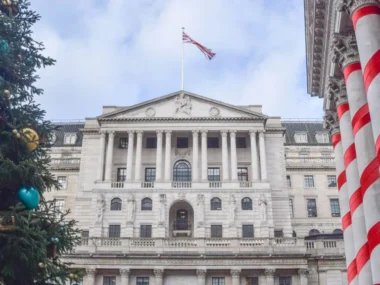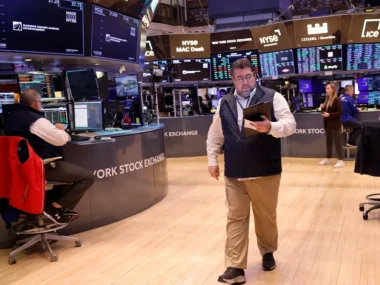Small and mid-sized businesses are finding it hard to stay afloat, with many already failing this year.
In the first half of 2024, 346 companies filed for bankruptcy to either liquidate or reorganize, the highest half-year total since 2010 when 467 companies filed, according to S&P Global Market Intelligence. Just last month, 75 companies declared bankruptcy, the highest monthly number since early 2020.
Most of these bankruptcies are in the “consumer discretionary” sector, which includes businesses that sell non-essential goods and services like restaurants, clothing stores, and car dealerships. These businesses are predominantly small or mid-sized, economists and investors tell CNN.
High interest rates, the highest in nearly 25 years, are putting pressure on both consumers and businesses that rely heavily on borrowing for expenses like purchasing equipment, replenishing inventory, meeting payroll, or expanding operations. Access to credit is crucial for small, private businesses that can’t raise funds through financial markets. A recent Federal Reserve Bank of Kansas City survey of 170 small businesses indicated that “credit standards tightened for the tenth consecutive quarter and credit quality decreased.”
“Small companies are more at risk and more sensitive to higher borrowing costs,” Matt Rowe, head of portfolio management and cross asset strategies at Nomura Capital Management, told CNN. The increase in defaults reported by the S&P is mainly coming from smaller companies.
Consumer demand has also been lackluster this summer, according to the Institute for Supply Management’s latest survey. Retailers’ recent spending data and comments indicate that US consumers are spending more cautiously this summer compared to last year.
The summertime is crucial for many service-providing businesses, but last month, an arcade and a hotel management company filed for bankruptcy. The S&P Global report also mentioned “supply-chain issues” as another factor contributing to the rise in bankruptcies.
However, this might not signal future economic trouble but rather a normalization after pandemic-related economic distortions.
“This is probably more a story of normalization than anything,” Josh Jamner, investment strategy analyst at ClearBridge Investments, told CNN. Programs supporting small businesses during the pandemic resulted in fewer filings in 2021 and 2022.
Rising corporate bankruptcies could reflect significant churn in Corporate America, Jamner said. New business applications surged in 2020 and have remained high. Last year saw a record 5.5 million new business applications, though the pace has slowed in 2024.
“As businesses are closing, we’re still also seeing plenty of new ones being formed,” he added.
The Federal Reserve has kept interest rates at a 23-year high for about a year to curb inflation. Inflation resumed a downward trend in the spring after stalling earlier this year, potentially allowing the Fed to lower borrowing costs later this year.
Fed officials expect to cut interest rates at least once this year, which, while not providing immediate significant relief, would still be meaningful.
“Starting to cut rates is just as important for businesses and consumers as how much rates will ultimately be cut because it is setting in motion rate cuts, which is a good thing,” Reena Aggarwal, director of the Georgetown University Psaros Center for Financial Markets and Policy, told CNN. The psychological impact is important as businesses won’t have to worry about rates increasing.
Small-cap stocks rose last week after the Consumer Price Index came in weaker than expected, boosting the prospect of rate cuts.
Banks are considering ending free checking accounts, but there’s no need to panic.
Most banks currently offer free checking if customers meet certain conditions, such as having their paycheck direct deposited or maintaining a minimum balance, reports Jeanne Sahadi.
According to a 2023 Bankrate.com survey, 73% of checking account holders use this option.
However, if regulatory costs for banks increase, free services like checking accounts might disappear, following Chase’s example. Marianne Lake, the head of Chase Bank, mentioned to the Wall Street Journal that Chase might stop offering free checking and other complimentary banking services.
“Consumer banking relies on banks providing free services such as checking accounts, debit cards, and electronic bill paying. The model depends on banks recouping these costs through other means, like debit interchange fees, overdraft fees, late fees, and higher interest rates,” Jaret Seiberg, financial services analyst at TD Securities, wrote in an analysis of Lake’s comments.











